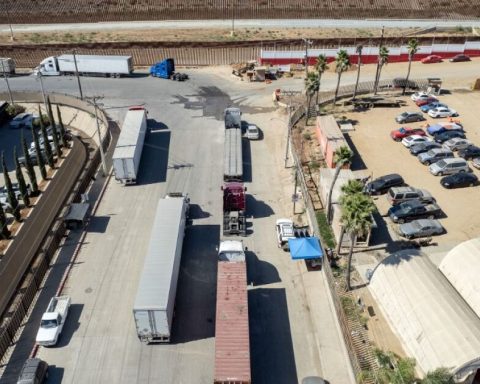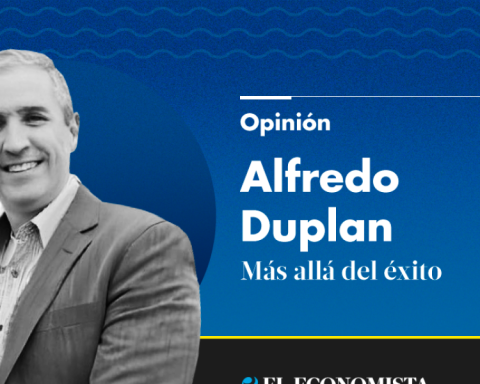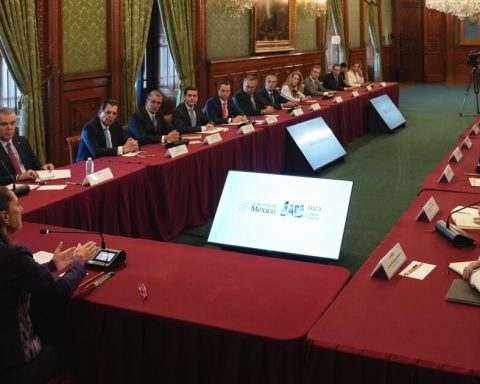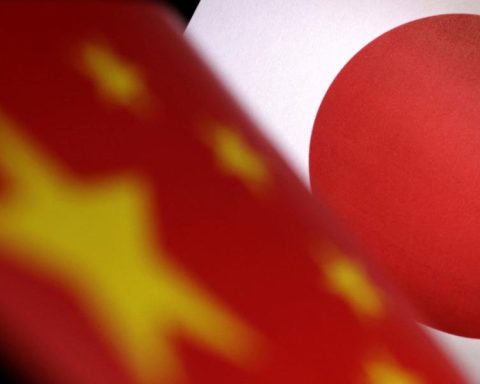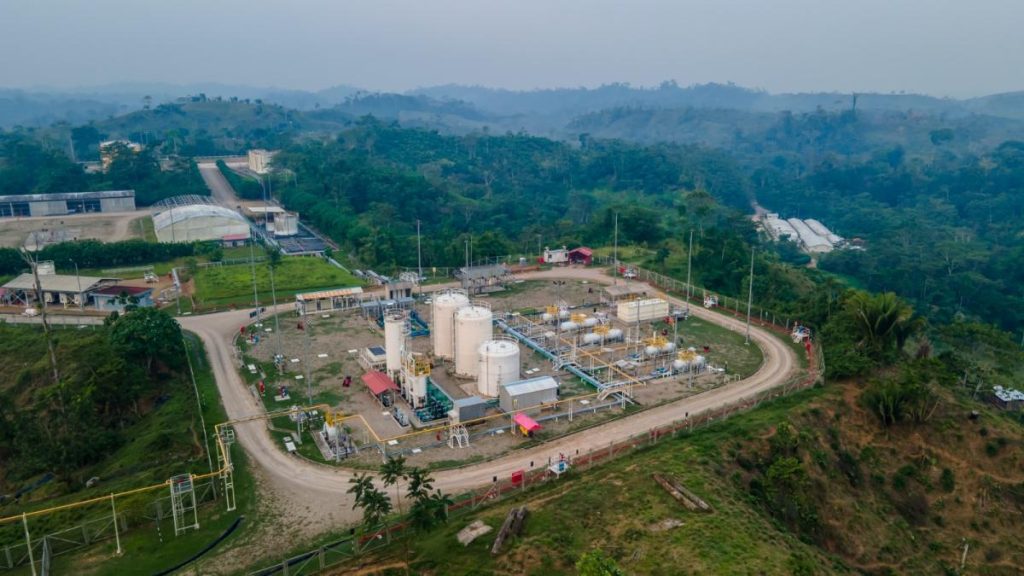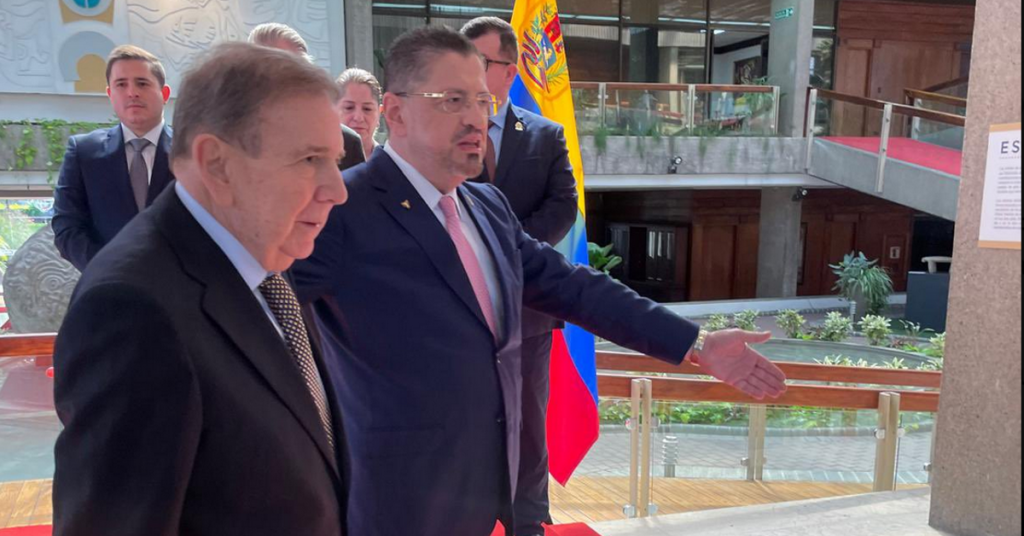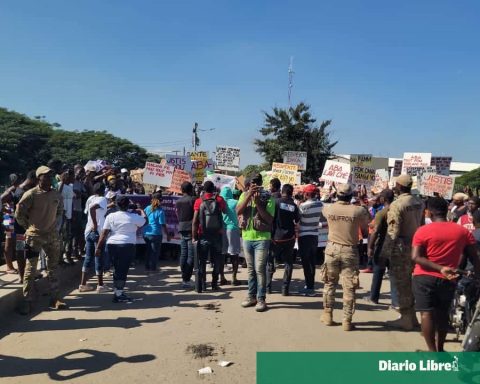The peso is worth 20.84 per dollar. It is Thursday, January 16 and it is 8:00 at night. We are ending a day in which the Mexican currency depreciated 1.6%, around 35 cents. It is nervousness over Trump’s arrival at the White House, experts say, that explains the peso’s most recent movements.
There are less than four days until the magnate assumes the Presidency for the second time and concerns seem focused on the threats of deportations and the imposition of tariffs. In a broader perspective, the underlying issue is how much will Mexico’s relationship with the United States change? It is migration, trade, fighting crime, border management, relations with China and many other issues.
Donald Trump wants to shake up North America (and the world). Compared to 2017, his agenda is more radical. He is more powerful and has no counterweights. In the team that accompanies him, there are more adventurers and less moderates than eight years ago. There are many pyromaniacs and few firefighters. He has control of both chambers in the Capitol and his views have gained support in American society, according to polls.
What will happen to the exchange rate of the peso against the dollar? The value of the Mexican currency these days functions more as a political barometer than as an economic indicator. They react to what is happening in the political quadrant of Mexico and the United States. Exchange movements have nothing to do with the relative strength or weakness of the Mexican economy. The peso is under pressure even though the Bank of Mexico’s reserves reached record levels, around $230 billion.
The peso has entered the volatility zone for around eight months. It was trading at 16.95 per dollar at the end of May 2024. At that time, on the eve of the elections in Mexico, the triumph of Claudia Sheinbaum was taken for granted and the markets were betting that Morena would not reach a qualified majority in the Mexican Congress.
The outcome broke the pools. It was the polls, plus the decisions of the INE and the Electoral Court… the Yunes-type chapulineos. The political map changed radically and the exchange rate broke the barrier of 18 pesos per dollar in the weeks after the election. There was no relevant news on the economic front, but it was clear that the winning party would have the capacity to approve constitutional reforms and would move forward with the so-called Plan C, which included 20 constitutional reforms, including the Judicial reform.
From that moment on, something changed and we entered an area of exchange volatility that has not found peace. It can be seen in the graph of the exchange rate of the peso against the US currency in the second half of the year. It is a slope that has some descents, but it does not stop going up. The bullish movements of June, July and August were closely linked to Mexican politics. Starting in September, the Trump factor is increasingly noticeable, but what is Mexican has not stopped counting. These are the risks for Mexico of the measures that Trump announced and the own goals that we are committing with Plan C. We are not alone. Other currencies of emerging countries depreciated sharply in the second half of the year, such as the Brazilian Real. This reminds us that there is a growing risk aversion to emerging markets on the part of investors.
If political and geopolitical factors explain exchange rate movements, what about the decisions of the Federal Reserve and the Bank of Mexico? In 2024 we had several reductions in interest rates, from 5.50 to 4.50% in the United States and from 11.25 to 10.00% in Mexico. In other years, these movements on the part of the central banks would have “weighed” more in explaining the relative value of the peso against the dollar. Not now. Rate decisions have not weighed as much, among other things, because Banxico maintains credibility. The real rate remains enormous and the rate differential between the Bank of Mexico and the US Fed remains enormous. These days, the explanation transcends the monetary and economic. It’s politics, stupid, we could say, paraphrasing James Carville’s phrase that Bill Clinton uttered in his winning campaign against Bush Sr.
Volatility will continue next week. The markets have not finished “discounting” Trump’s threats. For Mexico, tariffs could lower exports and deportations could impact remittances. There would be fewer dollars of income, in addition to the social impact: less employment in exporters and a massive arrival of countrymen, as well as deportees of other nationalities.
An additional depreciation of the peso would bring inflationary pressures and, in part, would give some margin to Mexican exporters (the problem is that the national content of exports is less than 25%). Symbolically, the loss of value of the peso will make us go down in the table of the largest economies in the world. With the depreciation of 2024, we will go from 12th place to 14th or 15th place. The underlying problem is the meager economic growth. What do we do with that? It’s politics, stupid.

